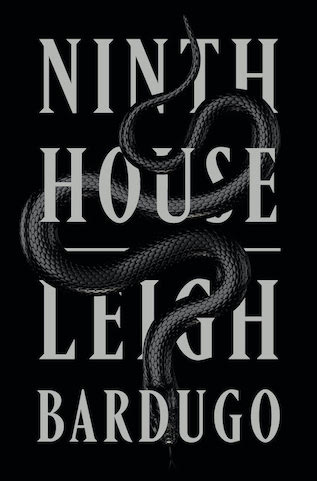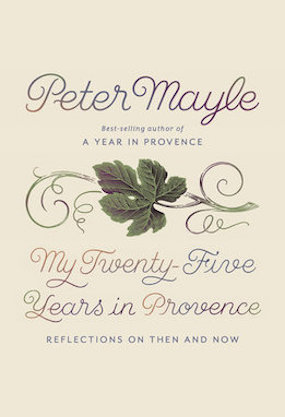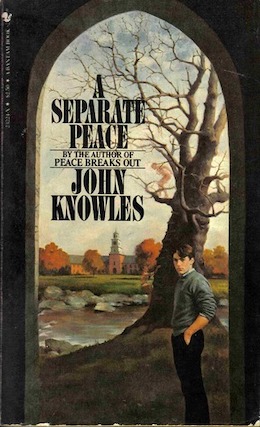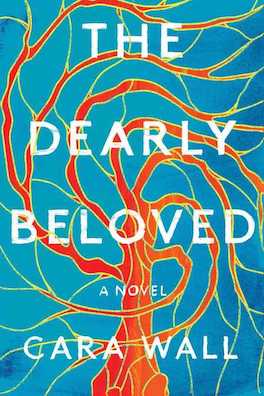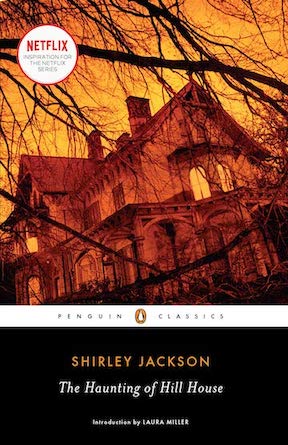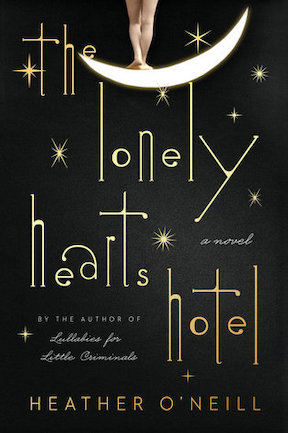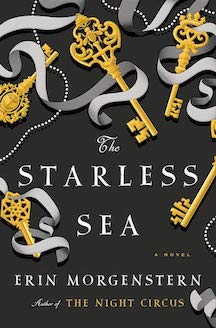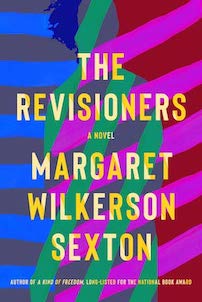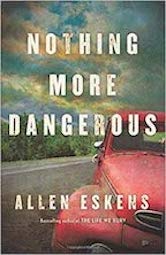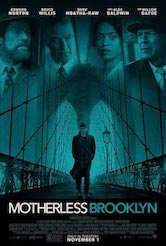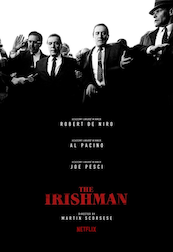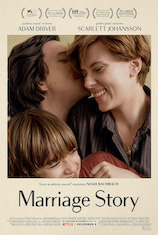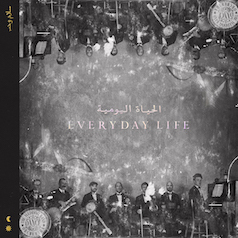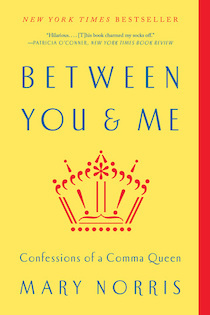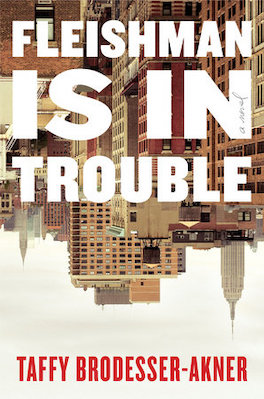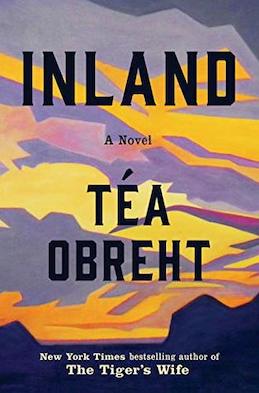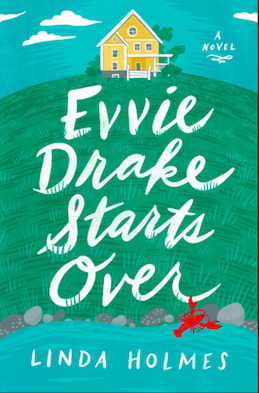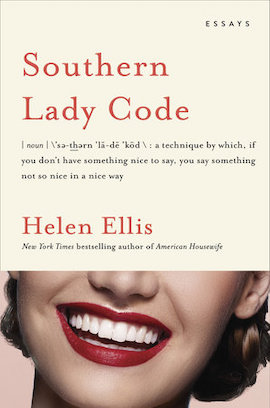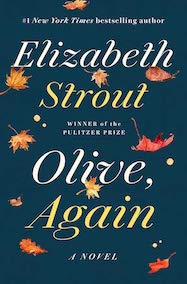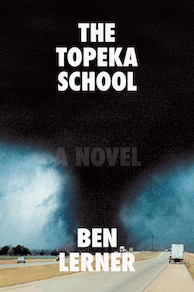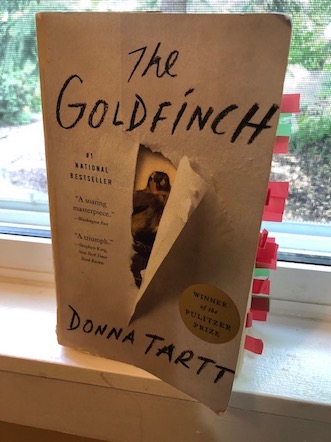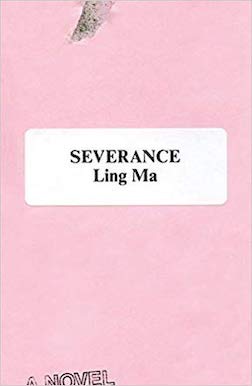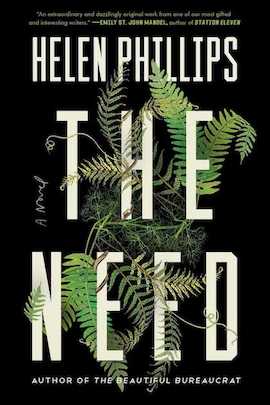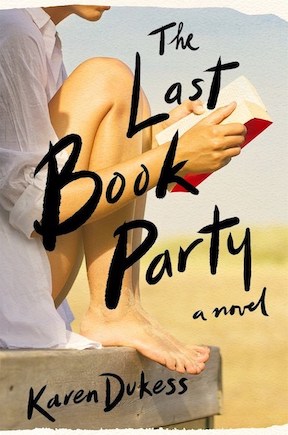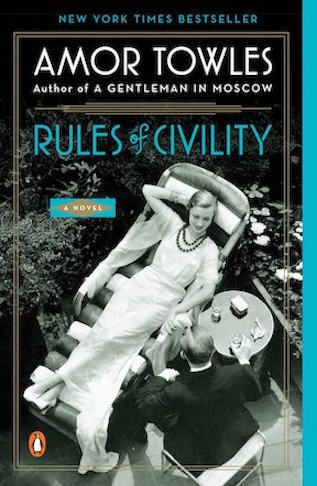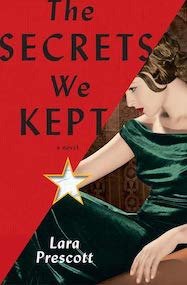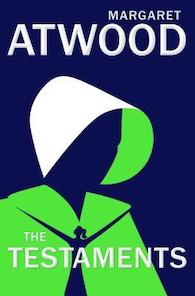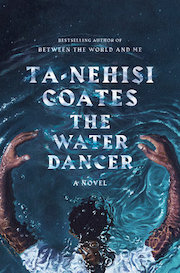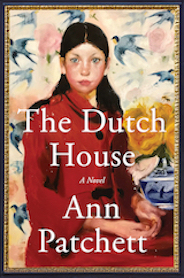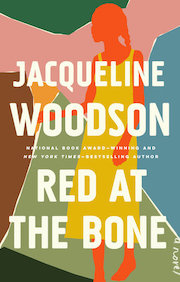
Happy December. We have made it to the last month of the year. I hope everyone has a very happy holiday season. At left is my little Charlie Brown Christmas tree from the front yard. It has grown quite a bit since we moved here, but it still reminds me of the tree from the Peanuts holiday special.
I’m sure it will get very busy soon, so before that happens I will put out my last Preview post of 2019. These preview posts help me organize as to what’s coming out each month and keep me more on the ball as to what to read, see, and listen to, or at least that’s the hope. I try to make them entertaining and worthwhile and get your thoughts about upcoming new releases as well.

And now, let’s turn our attention to what’s coming out this month. December is usually a time we don’t see a whole lot of notable new reads, and yet there are a few this time I’m curious about. Of course, Buddy Levy’s nonfiction book “Labyrinth of Ice: The Triumphant and Tragic Greely Polar Expedition” probably has to top my list this month since I’m a bit of a nut about polar exploration kinds of books. You name it: Ernest Shackleton, Captain Scott, Sir John Franklin … their expeditions were Oh so doomed, but Oh so riveting too.
And now for Greely’s Expedition (1881-1884), which was seeking to establish Arctic research stations and the farthest northern latitude, but instead faced a harrowing journey of retreat after the group’s supply ships failed to meet up with its 25 men as they waited two years. Ugh, they ended up eating the soles of their shoes to survive and unfortunately perhaps some members of their own group. It could make a perfect wintertime read right?
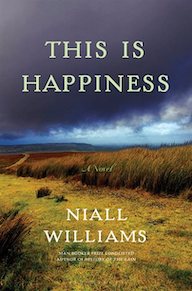
Next up is Irish author Niall Williams’s new novel “This Is Happiness,” which spins the tale of one spring season in 1958 in the small rural community of Faha, where young Dubliner Noel Crowe, 17, has already departed the seminary and retreated to the home of his grandparents. It seems he is narrating the story of his life then — its lessons and his loves new and old— from decades much later. His interactions are set against a portrait of small village life where the arrival of electricity is just coming to the community.
It seems to be a story steeped a bit in nostalgia and the joys of reminiscing, which is not unlike the themes of Ann Patchett’s new novel “The Dutch House,” which I’m nearing the end of. So perhaps I’ll need some time in between these two.
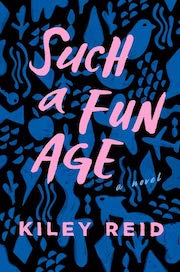
Another December release getting quite a bit of buzz is Kiley Reid’s debut novel “Such a Fun Age” about the relationship between a privileged white mom and her black babysitter, which becomes strained by “race related complications.” It seems their lives come to intersect in a “wholly surprising way, raising difficult questions about morality, forgiveness, race, class, and parenthood,” says Amazon’s reviewer Sarah Gelman.
I guess I will refrain from finding out too much more about it than that so as not to ruin it for me, but it does sound to be a story that explores the stickiness of transactional relationships in a perceptive way, so count me in.

As for movies in December, ’tis the big season. There’s a smorgasbord of notable choices: including the “Richard Jewell” story, the fall of Fox News’s Roger Ailes in “Bombshell,” and the upcoming World War I epic “1917,” which all look quite excellent. Charlize Theron’s transformation into one-time Fox news anchor Megyn Kelly in “Bombshell” should be quite a doozy.
Then there’s a death penalty drama called “Clemency” starring Alfre Woodard that’s getting considerable buzz, though whether audiences can stomach a bleak death penalty-themed movie at Christmas remains to be seen — while all out war in “1917” is usually another story. There’s also the movie adaptation of “Just Mercy,” which is coming out on the big screen based on the bestselling memoir by Bryan Stevenson about a civil rights defense attorney who fights to free a condemned death row prisoner. Hmm. Death row stories appear to big this holiday season.

But perhaps not as big as Greta Gerwig’s remake of Louisa Alcott’s 1868-69 classic “Little Women” about four sisters coming of age in the U.S. in the aftermath of the Civil War. It’s been on the big screen two other times in 1949 and more recently in 1994. Do you remember Winona Ryder as Jo March and a young Christian Bale as Laurie? And Claire Danes and Kirsten Dunst as sister Marches? Oh those were the days. But what makes this new one any better? It’s getting significant advance hype and was done by the director and writer of the 2017 movie “Lady Bird.” So here we go again with the March girls.
As for new albums in December there’s new ones by the young talented British singer Harry Styles and country singer Blake Shelton, but I think I’ll stick to holiday tunes this month to get me into the spirit. Sarah McLachlan’s 2006 album “Wintersong” is one of my favorites, along with the soundtrack to the 2003 movie “Love Actually.” Do you have any holiday favorites?
That’s all for now. What about you — which new releases this month are you most looking forward to?



